This plant is growing from two holes in the ground where my driveway adjoins the garden wall. Amazing! I would appreciate it if you could tell me what it is and how it got there. Michelle Hughes, Dublin
It is Himalayan honeysuckle, also known as pheasant berry. It is planted as an ornamental shrub even though it is categorised as an invasive species with a risk of medium impact on native plants because it spreads so easily. The seeds are dispersed by robins and chaffinches, which feed on the fruits ... so the birds planted it there.
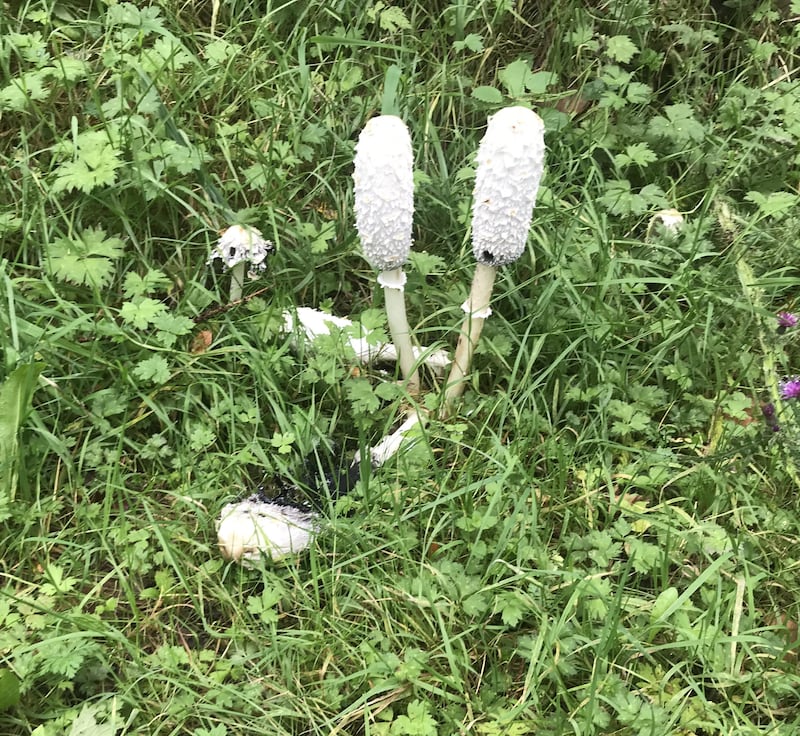
What’s the difference between a mushroom and a toadstool? The fungus in the photo was near Blessington Lake – is it poisonous? Milo, Ruben, Benji and Felix Duckenfield
These names come from a general belief long ago in Britain that a mushroom was what an edible fungus was called and that those called toadstools were all poisonous fungi. This is neither a scientific definition nor a useful one. Your fungus is a lawyer’s wig, also called the shaggy ink cap (Coprinus comatus). Mary Pierce from Dublin 8 spotted a more mature specimen in Newbridge Demesne near Donabate recently as well. It is probably not poisonous, although its Latin name wouldn’t encourage eating it.
READ MORE
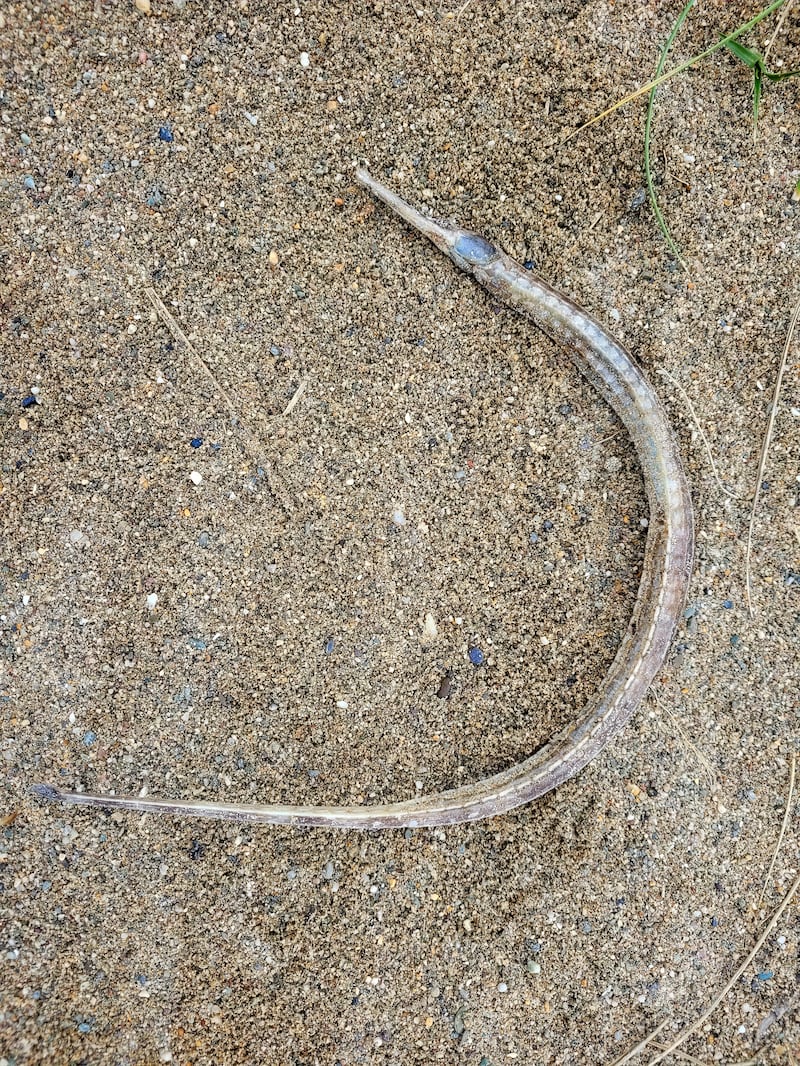
We found this creature on Cullenstown beach, Co Wexford, recently. Is it a seahorse? We have never seen one before. Linda Duggan, Wexford
While it belongs to the same general group as seahorses do, it is in fact a pipefish. It has a body covered by hard, bony plates, like a suit of armour, which give it a rigid feel. It swims in an upright position – like seahorses – and feeds by sucking in plankton through its tube-like mouth.
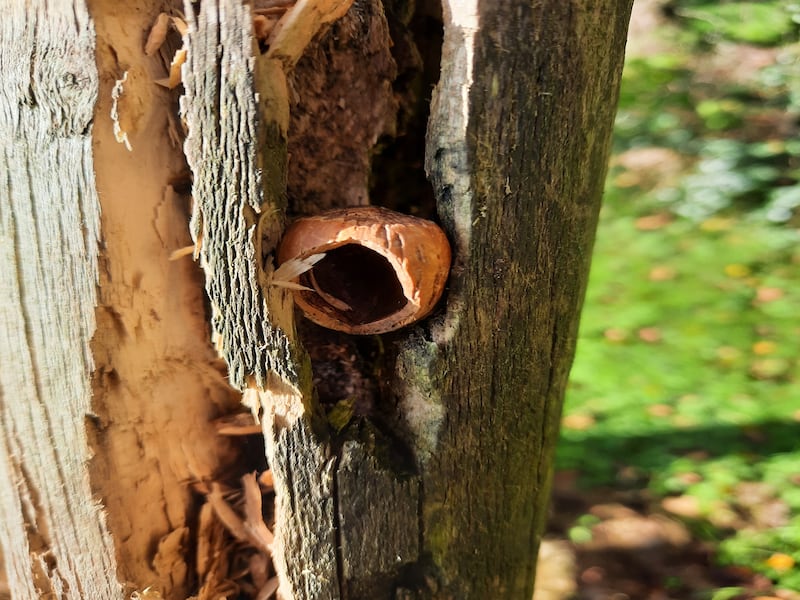
I noticed these hazelnut shells jammed in a cracked support post. What creature might have done this? Colm Ó Muirí, Wexford
Birds feed on hazelnuts as well as squirrels and mice. This one most likely was jammed in by a great spotted woodpecker so that it could get a good go at it with its bill. Woodpeckers returned to Ireland naturally from Wales around 2005 and now have been recorded in every county.
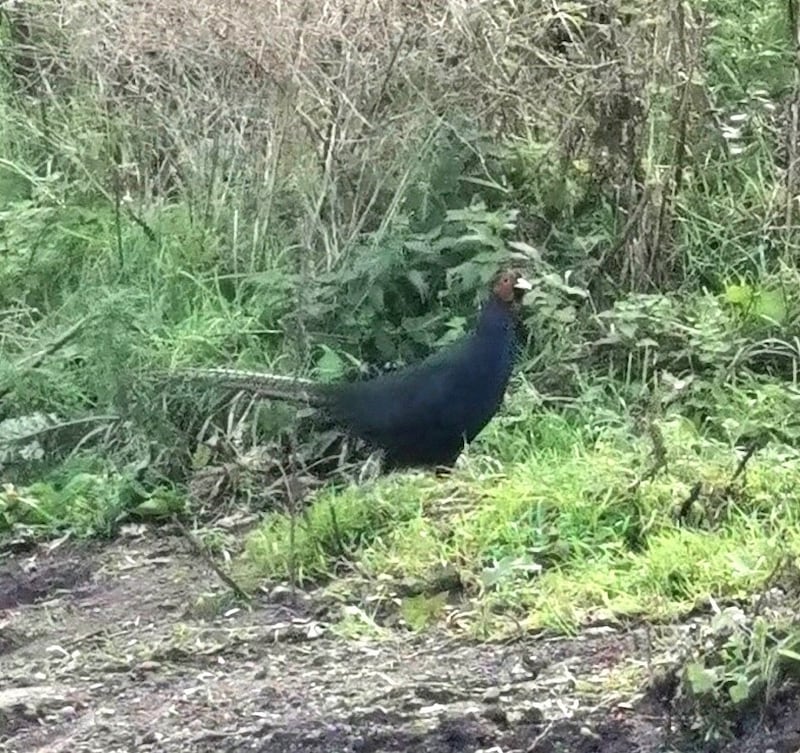
I saw a black pheasant recently. Are they rare, as I’ve never spotted one before? Louise Cribbin, Dublin 18
This pheasant is a melanistic individual, most likely released as part of a captive-reared batch for hunting purposes. Niall Hatch of Birdwatch Ireland says that inbreeding is quite common in captive pheasant stocks, which can lead to a greater chance of genetic abnormalities. White pheasants are quite often reported, but these melanistic birds are seen occasionally too.
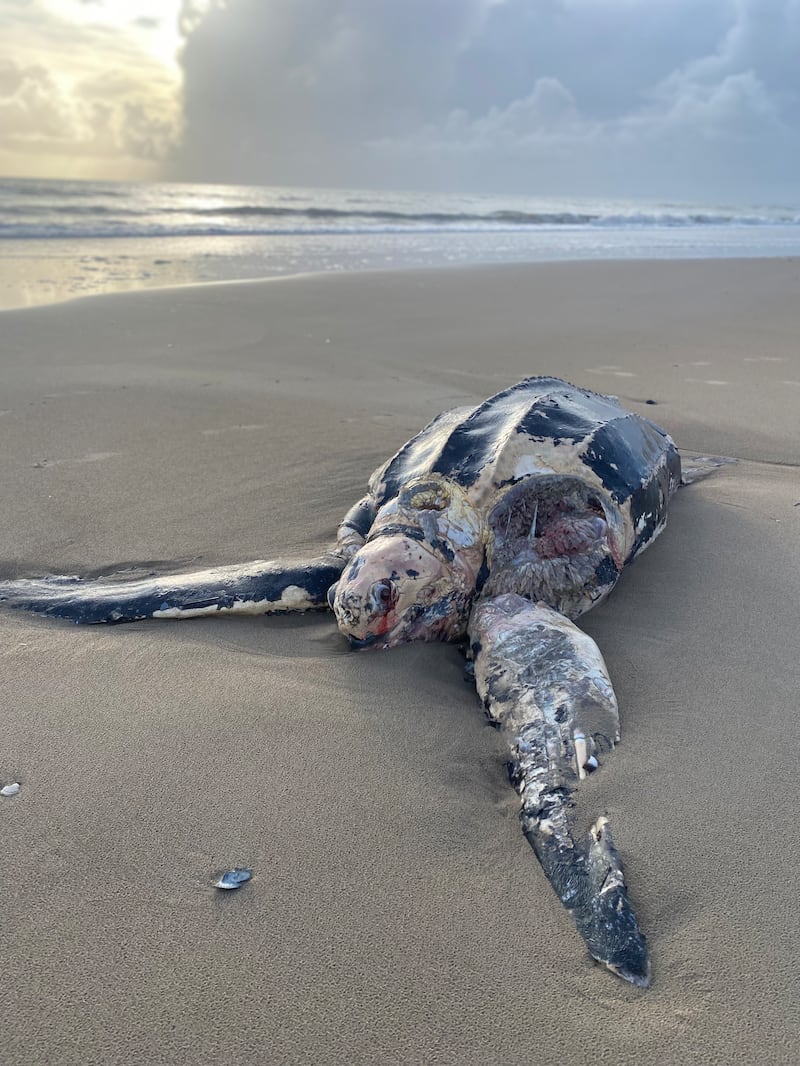
We found this giant leatherback turtle on Curracloe Beach. It would be good to know where it might have come from – so sad it got washed up. Eva Walsh, Co Wexford
Leatherback turtles are the largest of all living turtles and are known to measure up to 1.8m and weigh up to 920kg. They are the only species of turtle that lack scales and a hard shell, instead having a rubbery black carapace and a layer of oily connective tissue. Heat generated by swimming activity enables it to maintain a core temperature higher than surrounding seawater, although 15 degrees is as cold as they can bear. They feed on jellyfish, which they pursue into these latitudes on warming ocean currents. They often mistake plastic bags for jellyfish and eating these kills them. The waters off Curracloe may have been too cold for this one. Wexford is a far cry from the warm sandy shores of the southern Caribbean, or indeed of Gabon in west Africa, where these turtles breed.
Please submit your nature query, observation, or photo with a location, via irishtimes.com/eyeonnature












